However, with the tricks of opposing the Party and the State of Vietnam in all aspects, with distorted words, hostile and reactionary forces often deny and misjudge the achievements of the agricultural sector under the leadership of the Party. Fighting against such false and fabricated arguments is the responsibility of all levels, sectors and the entire political system.

The added value of the agricultural sector in the first quarter of 2024 increased by 2.81% over the same period last year. In the photo: Harvesting vegetables grown using hydroponics in Da Ton commune (Gia Lam district). Photo: Do Tam
1. One of the recent focuses of hostile forces' sabotage is to distort the Party's policy on agricultural development. They take the example of the complicated situation of drought and saltwater intrusion, which has seriously affected the lives and production in some localities in the South, to assert that the Party's policy on agricultural development is far from reality and does not directly contribute to solving the difficulties the agricultural sector is facing. Such sabotage is a plot and trick of "taking temporary events and "phenomena" to equate the "essence" of the Party, to distort the Party's correct policies and guidelines on agricultural development.
However, the reality of Vietnam's agricultural development under the leadership of the Party has completely rejected all the arguments of hostile forces. From very early on, our Party proposed many correct policies to develop agriculture. The 8th Central Conference of the Party (2nd term, 1955) emphasized: Agricultural production is the key to restoring the national economy, the key to all our economic and financial work. We must pay special attention to restoring agricultural production... Thanks to that, in the years 1956-1959, Vietnam's agriculture had consecutive good harvests, combined with the amount of rice aid from other countries, leading to the price of rice on the market falling below the trade price.
At the 3rd National Congress (1960), our Party determined: Prioritizing the reasonable development of heavy industry, while making efforts to develop agriculture and light industry. At the 4th National Congress (1976), the Party pointed out: Prioritizing the reasonable development of heavy industry on the basis of developing agriculture and light industry, combining the construction of industry and agriculture nationwide into an industrial-agricultural economic structure. At the 5th National Congress (1982), the Party emphasized: Focusing on the strong development of agriculture, considering agriculture as the leading front, bringing agriculture one step closer to large-scale socialist production, making efforts to promote the production of consumer goods and continuing to build a number of important heavy industries; combining agriculture, consumer goods industry and heavy industry in a reasonable industrial-agricultural structure.
In December 1986, the 6th National Congress of the Party set out the renovation policy, first of all economic renovation; implementing three major economic programs, emphasizing the leading role of agriculture in meeting urgent requirements for food, foodstuffs, production materials, consumer goods, and export goods. Strive to turn agriculture into a socialist commodity agriculture. The Congress affirmed that in the entire process of building socialism, agriculture cannot be separated from industry, and that it is impossible to only value agriculture or industry. However, at each stage, in each stage, the position of agriculture and industry is different. In the current stage, we must focus on developing agriculture, considering agriculture as the leading front, bringing agriculture one step closer to large-scale socialist production.
The Platform for National Construction in the Transitional Period to Socialism adopted at the 7th National Congress of the Party (1991) and the resolutions of the 7th Central Committee continued to affirm and clarify the viewpoint that industrialization and modernization of agriculture and rural economy in the direction of modernity associated with the development of a comprehensive agriculture is the central task to gradually build the material and technical foundation of socialism, constantly improve social labor productivity and improve people's lives. At the mid-term National Congress (7th tenure), for the first time, our Party introduced the concept of industrialization and modernization of agriculture and rural economy, considering it a strategic task of primary importance.
At the 9th National Congress of the Party, especially the Resolution of the 5th Central Committee (9th tenure) on "Promoting industrialization and modernization of agriculture and rural areas in the 2001-2010 period", the general contents and viewpoints of the Party on industrialization and modernization of agriculture and rural areas were clarified. Then, at the 10th National Congress (2006), our Party emphasized: "Currently and in the coming years, the issues of agriculture, farmers and rural areas are of special strategic importance". To concretize the viewpoints of the 10th Congress, the 7th Central Committee Conference (10th tenure) issued Resolution No. 26-NQ/TU, dated August 5, 2008, on agriculture, farmers and rural areas, affirming the viewpoints, goals, tasks and solutions to build a comprehensive agriculture in the direction of modernity, sustainability, large-scale commodity production, productivity, quality and efficiency.
2. Implementing and institutionalizing Resolution No. 26-NQ/TU, dated August 5, 2008, of the 7th Central Conference, 10th tenure, especially Resolution No. 19-NQ/TU, dated June 16, 2022, of the 5th Central Conference, 13th tenure on agriculture, farmers, and rural areas to 2030, with a vision to 2045, the Government has issued and directed ministries, branches, and localities to synchronously implement programs, projects, mechanisms, and policies, focusing and highlighting the National Target Program on New Rural Development, the Project on restructuring the agricultural sector towards increasing added value and sustainable development, and the Strategy for sustainable agricultural and rural development.
Along with that, the efforts of all levels, sectors and the entire population have helped Vietnamese agriculture grow rapidly and stably for a long time, diversify and shift its structure in a positive and modern direction, strongly shifting towards promoting advantages, producing goods on a scale suitable to market demand and adapting to climate change; food safety is respected and ensured. The productivity, quality and added value of many agricultural products have been improved, becoming competitive and gradually dominating the domestic and world markets. The export of agricultural, forestry and fishery products has increased rapidly, continuing to play an important role in promoting the development of commodity agriculture, creating an important source of foreign currency, contributing to reducing the trade deficit for the whole country.
The GDP growth rate of the whole industry in the 2011-2020 period reached 2.93%/year; of which, in 2021 it reached 3.27% and in 2022 it reached 3.36%, in the first 6 months of 2023 it reached 3.07%. The total export turnover in the 2011-2020 period reached 341.7 billion USD, an average of 34.17 billion USD/year, growing 5.38%/year. In 2022 alone, agricultural exports achieved a record high of 53.53 billion USD, an increase of 9.9% compared to 2021, with 12 groups of products achieving an export turnover of over 1 billion USD. Even when the economy faces difficulties and challenges due to the impact of cross-border epidemics (such as the Covid-19 pandemic) or geopolitical conflicts, Vietnamese agriculture continues to affirm its role as a "pillar" of the economy, through firmly ensuring national food security, creating livelihoods, jobs and stable income for rural people. In particular, the added value of the agricultural sector in the first quarter of 2024 increased by 2.81% over the same period last year, contributing 0.26 percentage points to the total added value increase of the entire economy.
That result affirms that the Party's policy on agricultural development is correct and consistent with Vietnam's reality. The agricultural economic structure is always shifting in a positive direction, increasing products with economic value and competitive advantages. The development of the agricultural sector is an important foundation and creates a premise to improve the material and spiritual life of the majority of farmers, contributing to hunger eradication, poverty reduction and changing the face of the countryside towards civilization and modernity, contributing to building a prosperous and happy country.
*
* *
Our Party affirms that agriculture is the advantage of the country, the pillar of the economy. Thanks to the good implementation of that policy, Vietnam's agriculture has developed comprehensively. From a country with chronic food shortages, Vietnam has not only ensured food security but also become a leading exporter of rice and many other agricultural products in the world.
The achievements of the agricultural sector in recent times stem from many factors, of which the Party's leadership is the decisive factor. Somewhere, the images, videos, clips on social networks or articles and comments on some reactionary newspapers about the drought and saltwater intrusion situation in some localities in the South are plots and tricks of hostile forces to distort the Party's policy on agricultural development. Fighting against such false arguments is the responsibility of all levels, sectors and the entire political system, thereby continuing to affirm the Party's position and leadership role, directly contributing to protecting the Party's ideological foundation in the new situation.
Colonel Do Manh Cuong, Editor-in-Chief of Military History Magazine
Source


![[Photo] General Secretary concludes visit to Azerbaijan, departs for visit to Russian Federation](https://vphoto.vietnam.vn/thumb/1200x675/vietnam/resource/IMAGE/2025/5/8/7a135ad280314b66917ad278ce0e26fa)
![[Photo] President Luong Cuong presents the decision to appoint Deputy Head of the Office of the President](https://vphoto.vietnam.vn/thumb/1200x675/vietnam/resource/IMAGE/2025/5/8/501f8ee192f3476ab9f7579c57b423ad)
![[Photo] National Assembly Chairman Tran Thanh Man chairs the meeting of the Subcommittee on Documents of the First National Assembly Party Congress](https://vphoto.vietnam.vn/thumb/1200x675/vietnam/resource/IMAGE/2025/5/8/72b19a73d94a4affab411fd8c87f4f8d)

![[Photo] Prime Minister Pham Minh Chinh meets with the Policy Advisory Council on Private Economic Development](https://vphoto.vietnam.vn/thumb/1200x675/vietnam/resource/IMAGE/2025/5/8/387da60b85cc489ab2aed8442fc3b14a)
![[Photo] General Secretary To Lam begins official visit to Russia and attends the 80th Anniversary of Victory over Fascism](https://vphoto.vietnam.vn/thumb/1200x675/vietnam/resource/IMAGE/2025/5/8/5d2566d7f67d4a1e9b88bc677831ec9d)
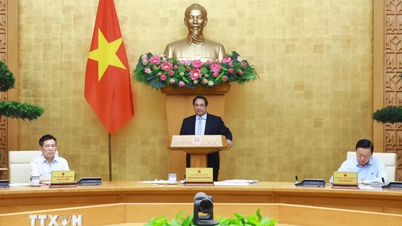
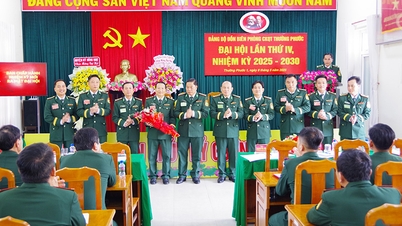

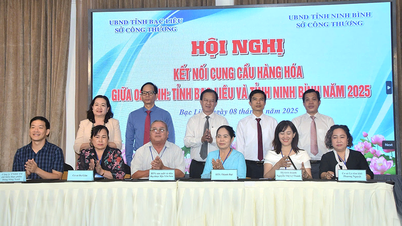
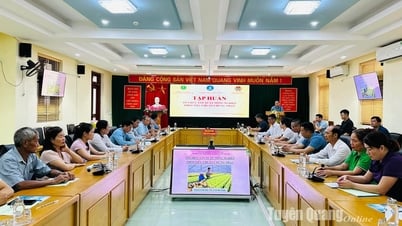
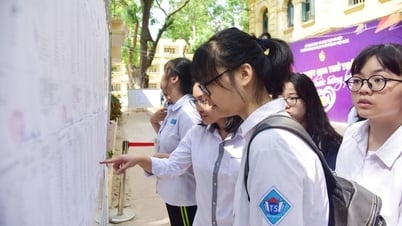





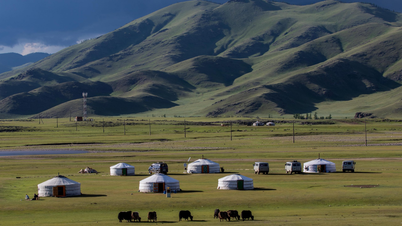

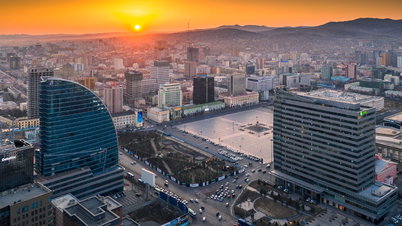


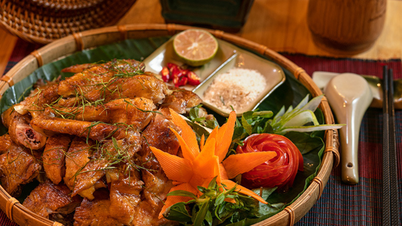

































![[Photo] Prime Minister Pham Minh Chinh talks on the phone with Singaporean Prime Minister Lawrence Wong](https://vphoto.vietnam.vn/thumb/402x226/vietnam/resource/IMAGE/2025/5/8/e2eab082d9bc4fc4a360b28fa0ab94de)
















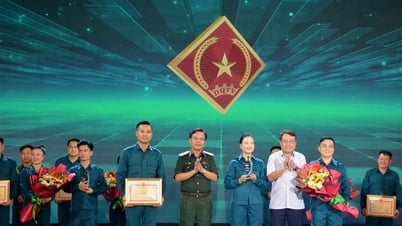

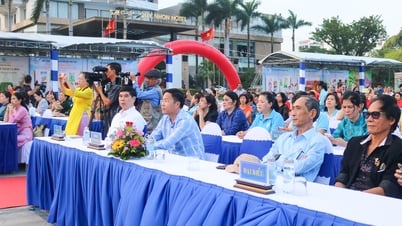

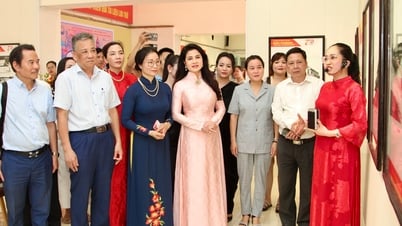













Comment (0)